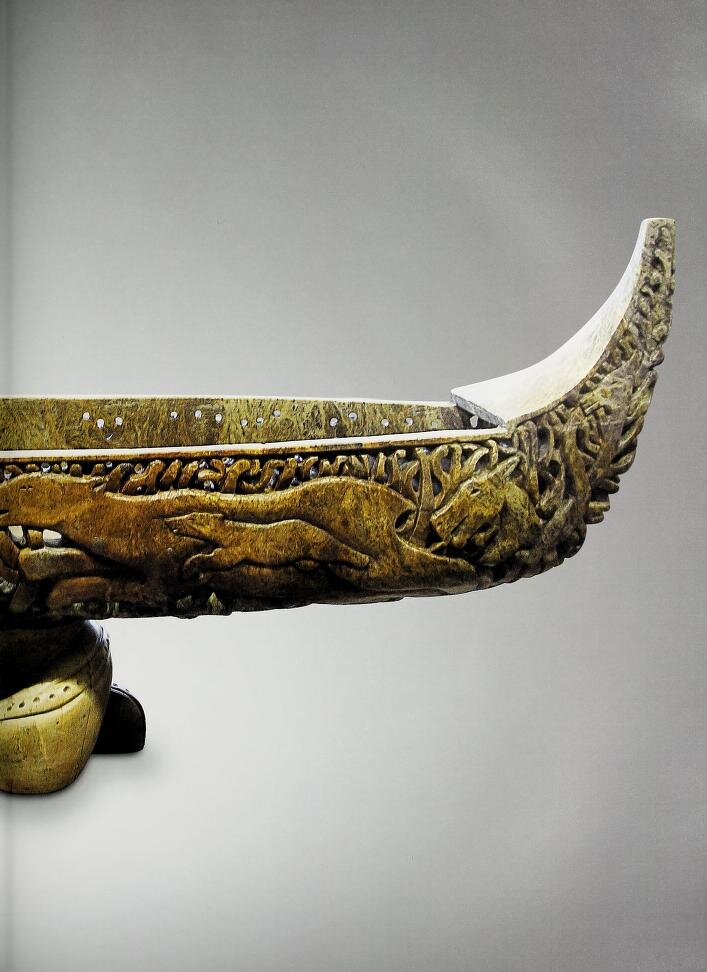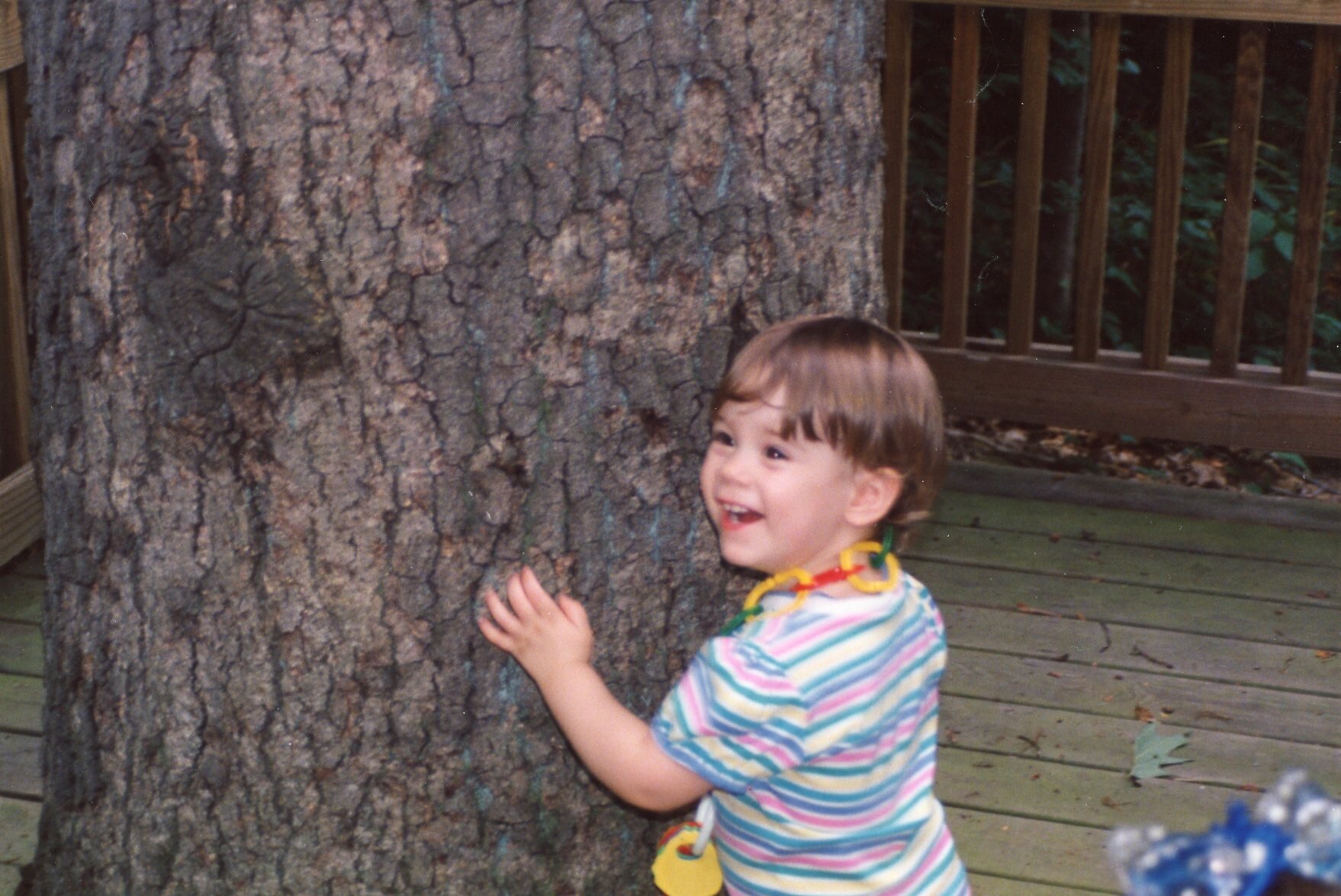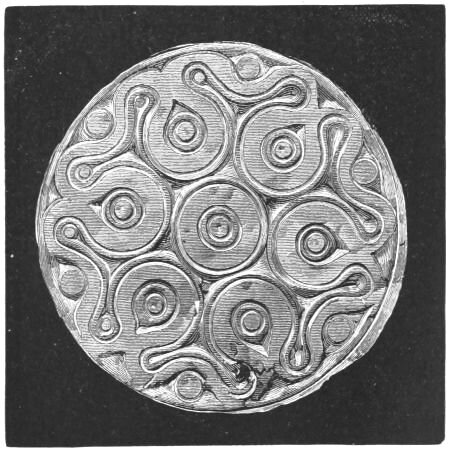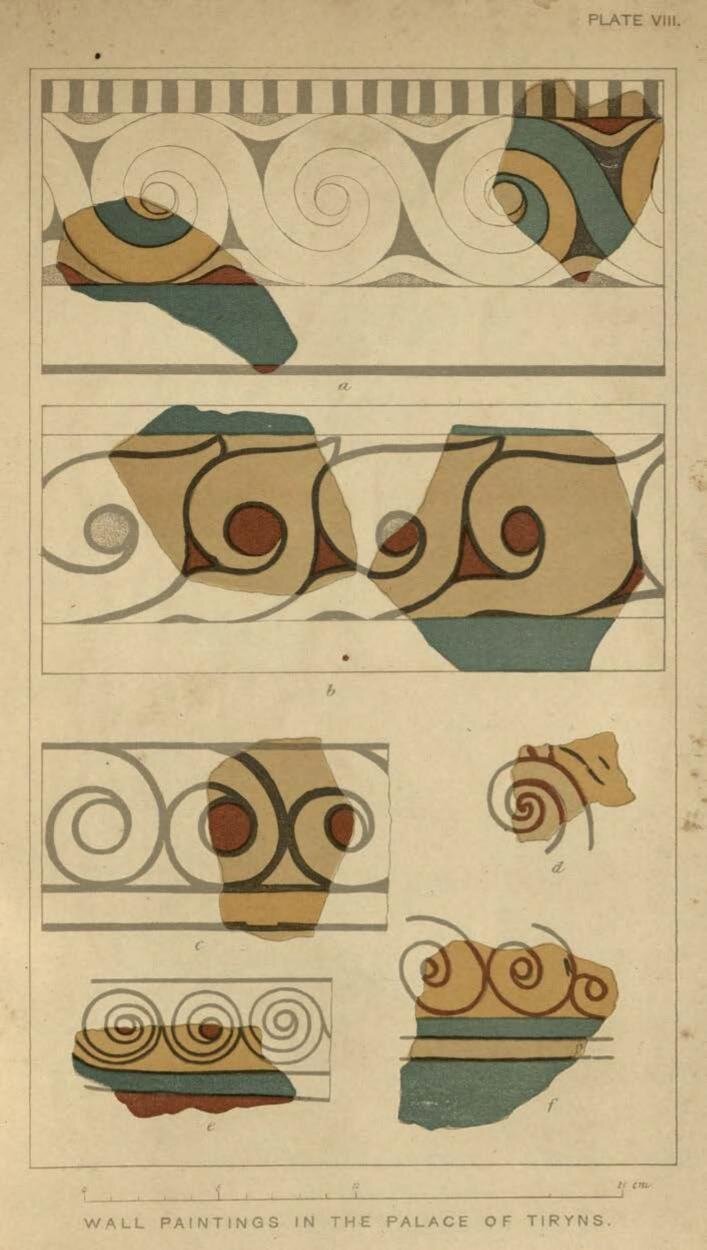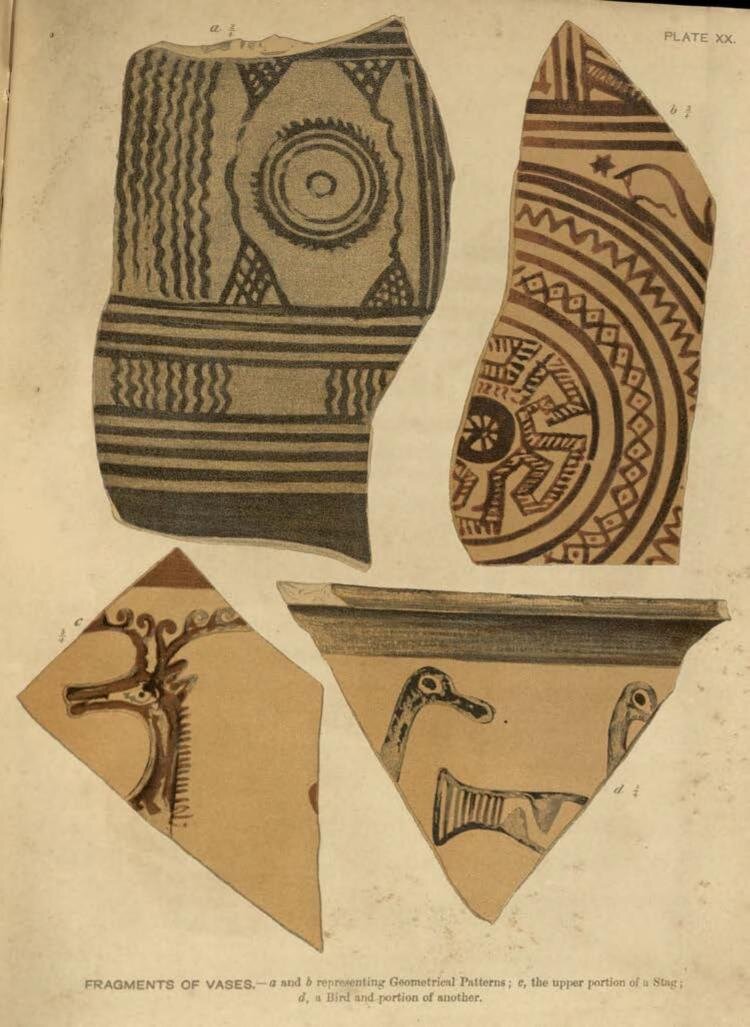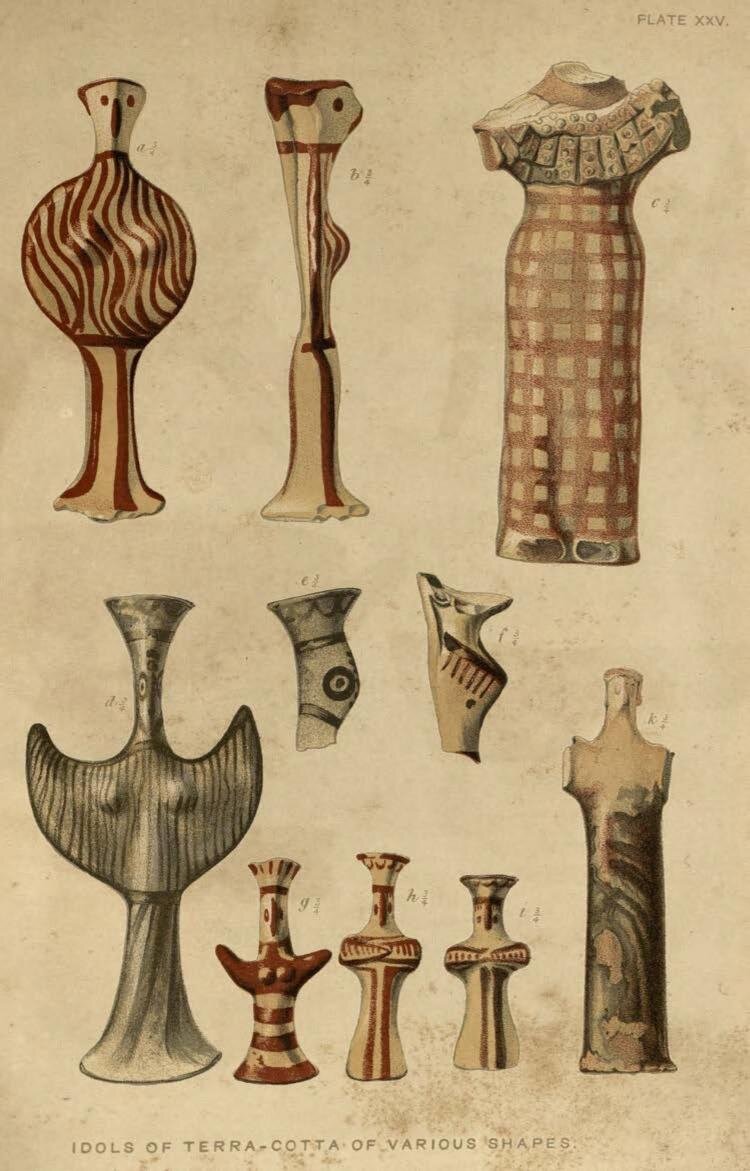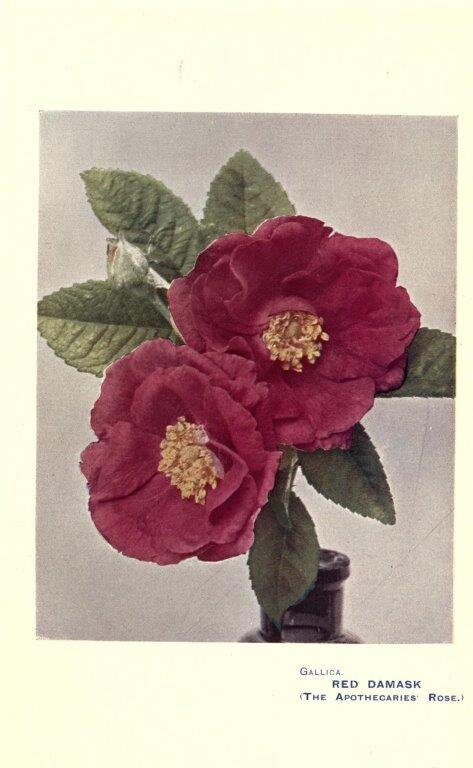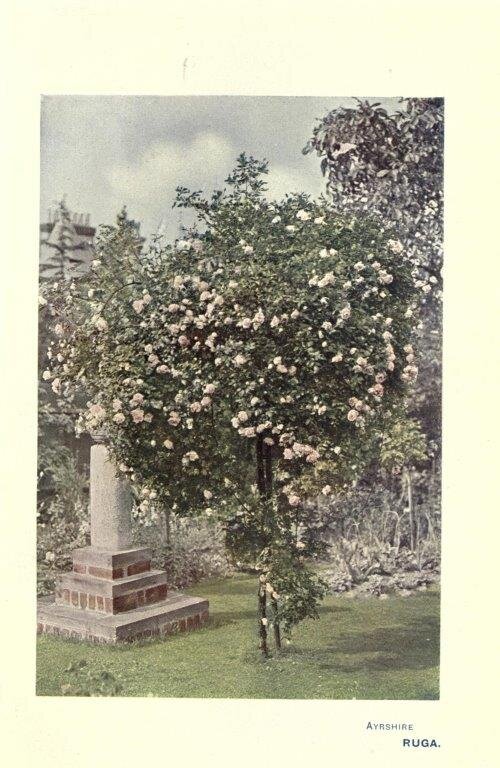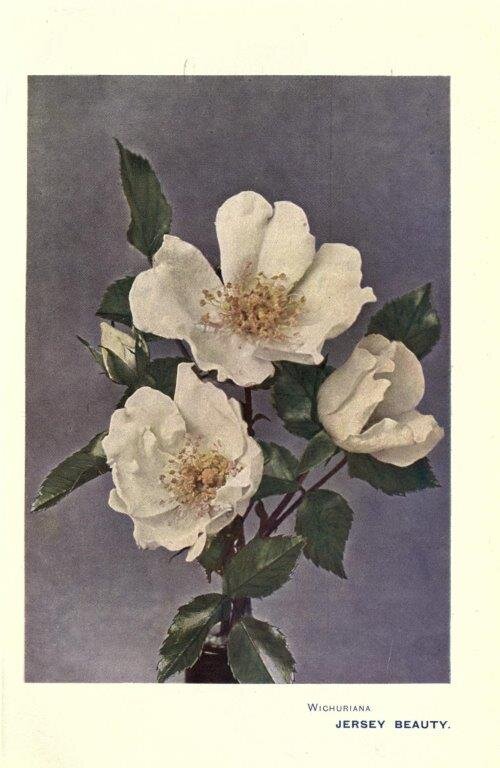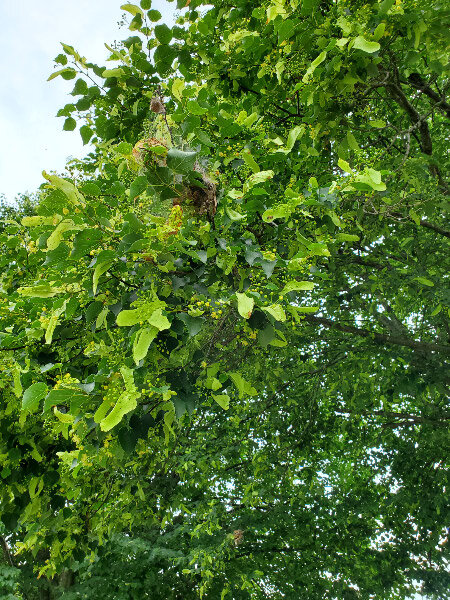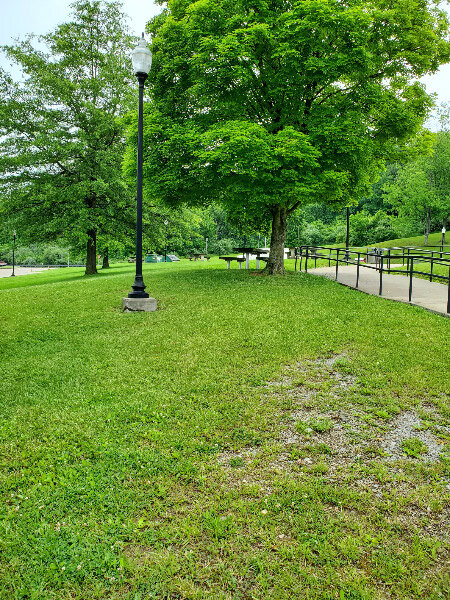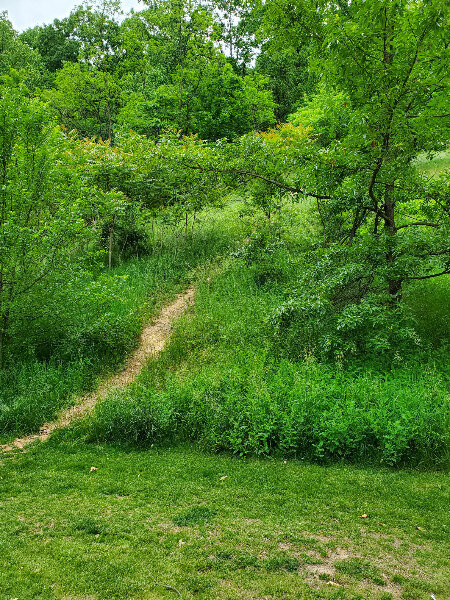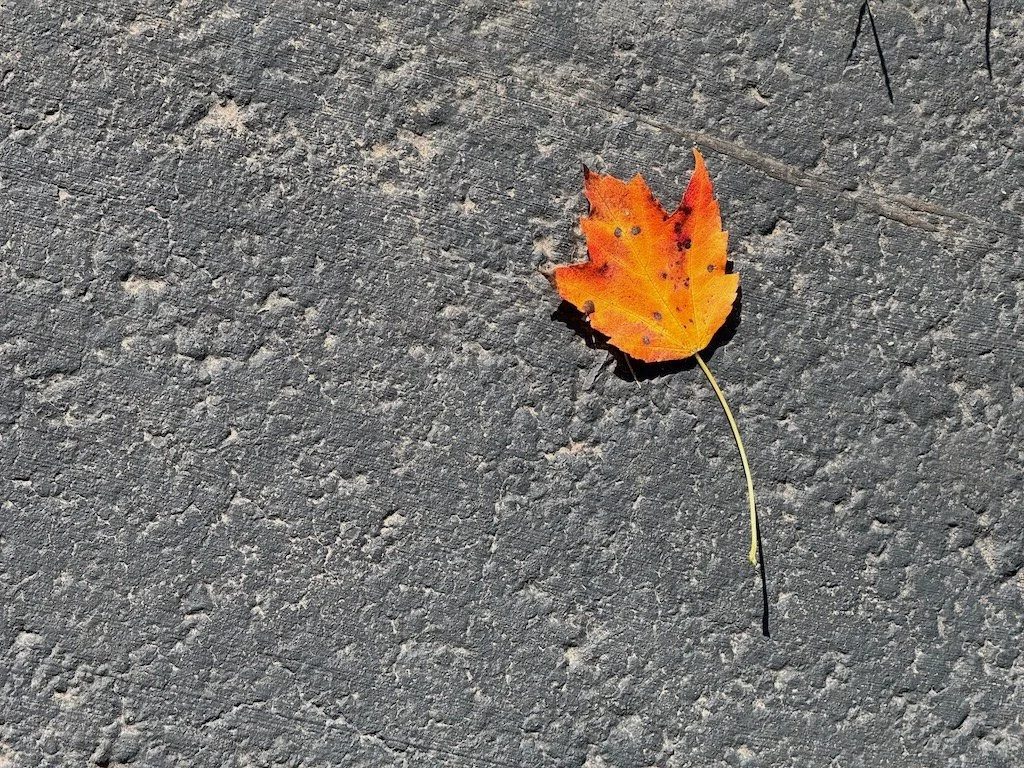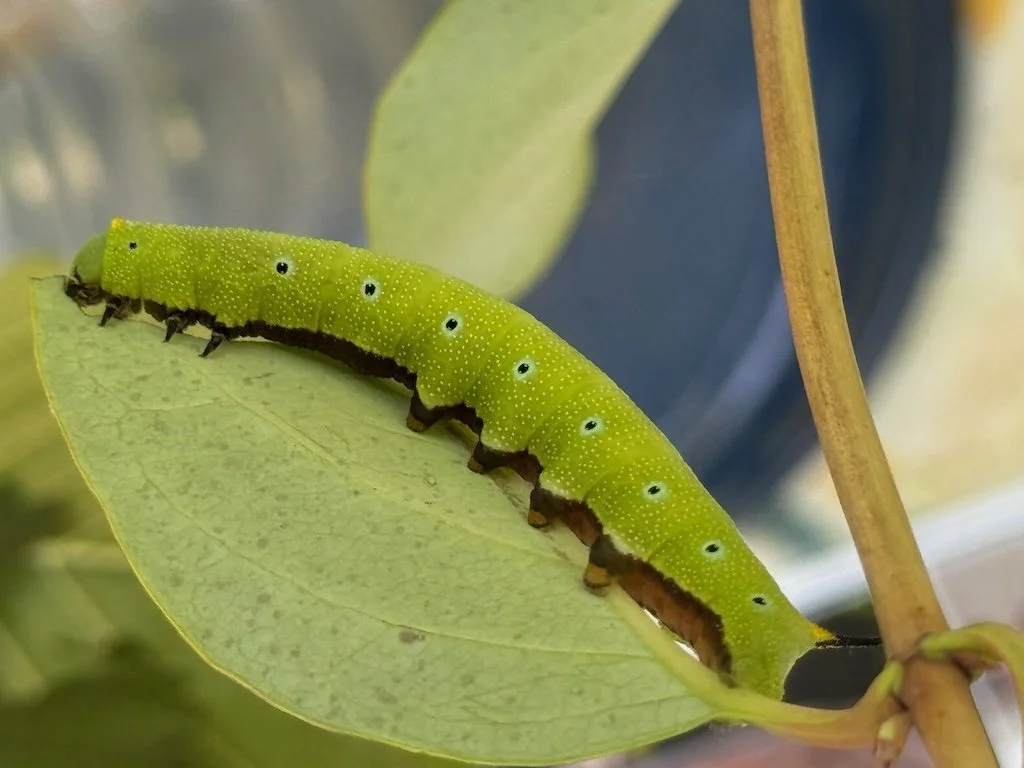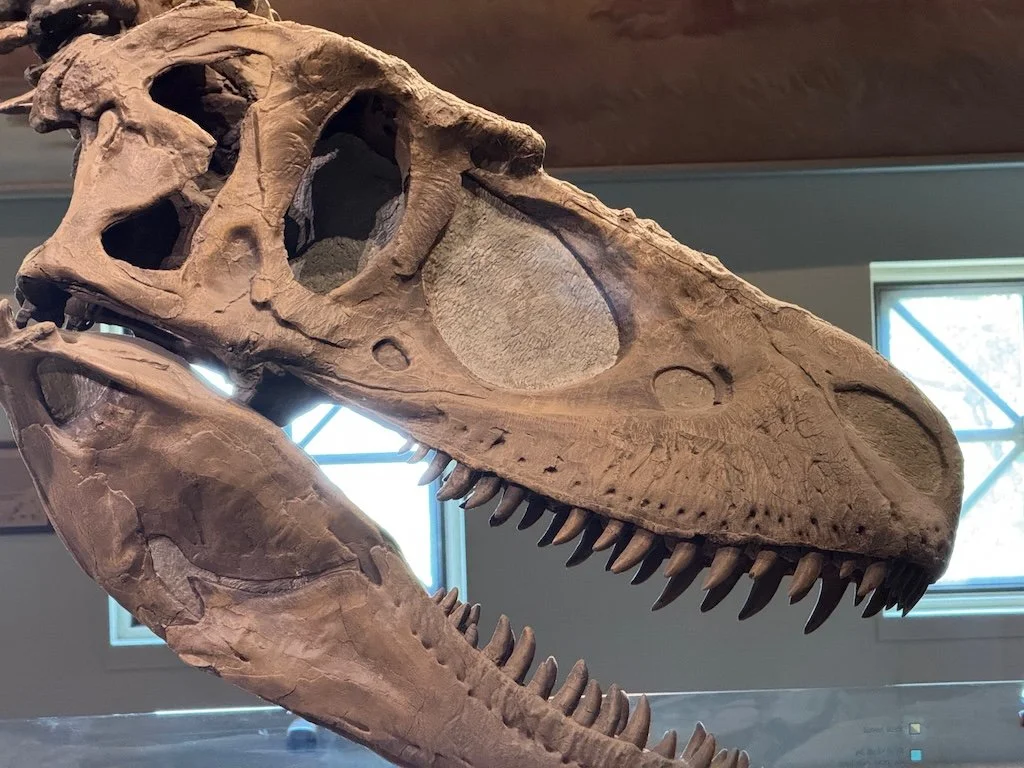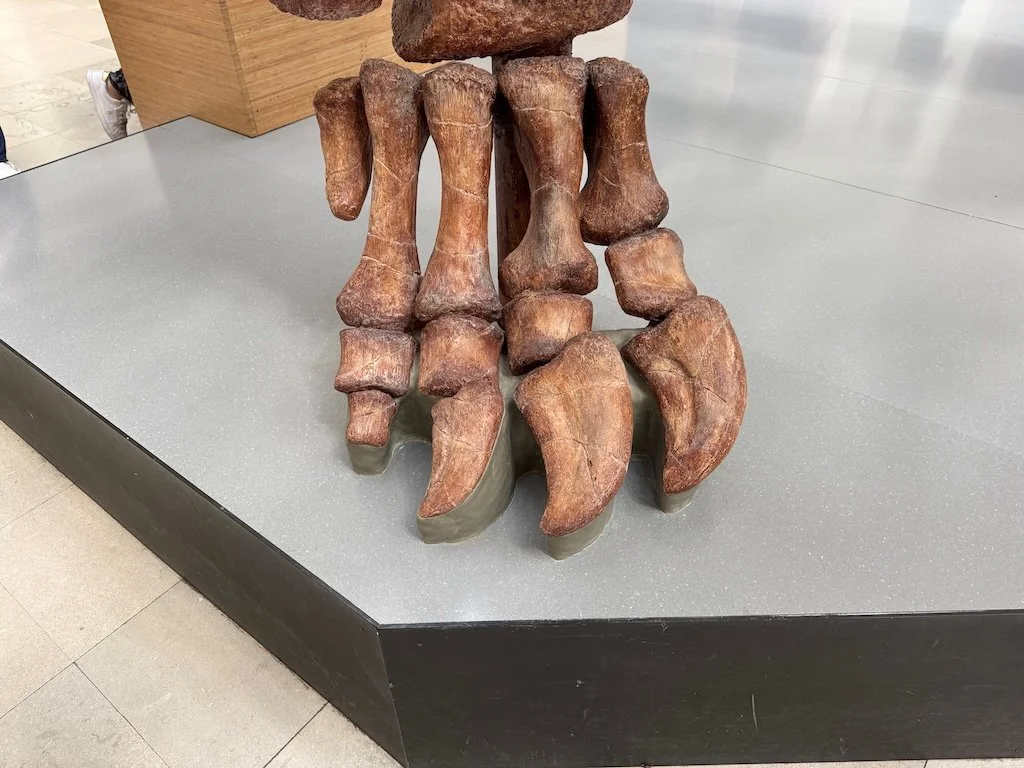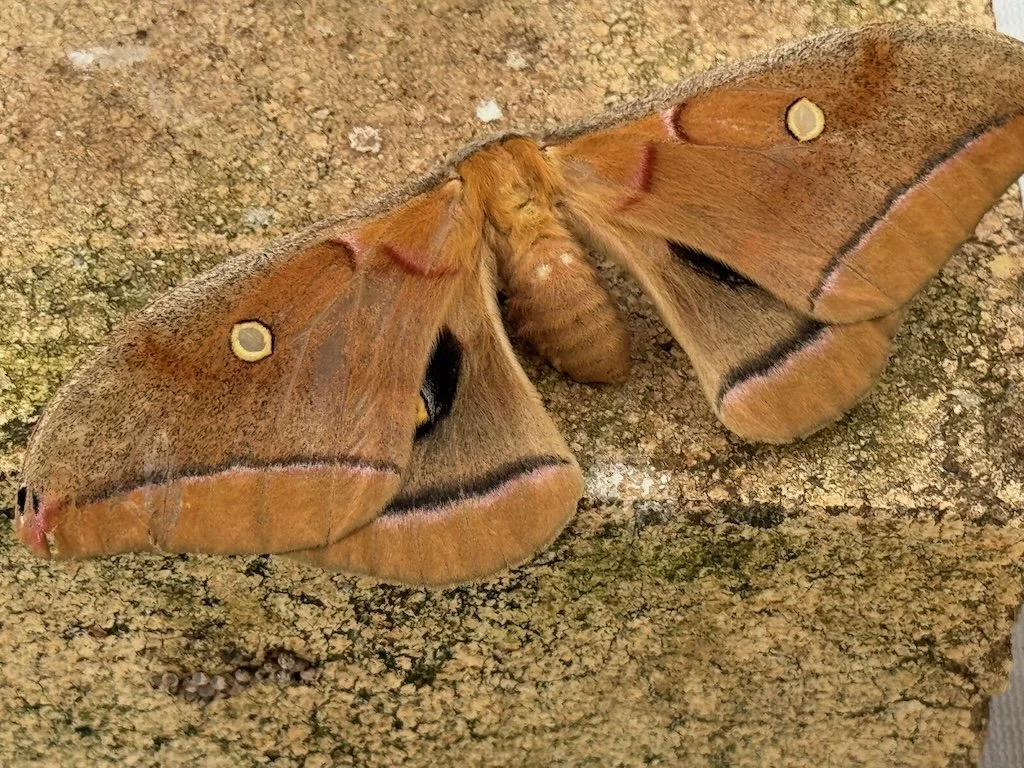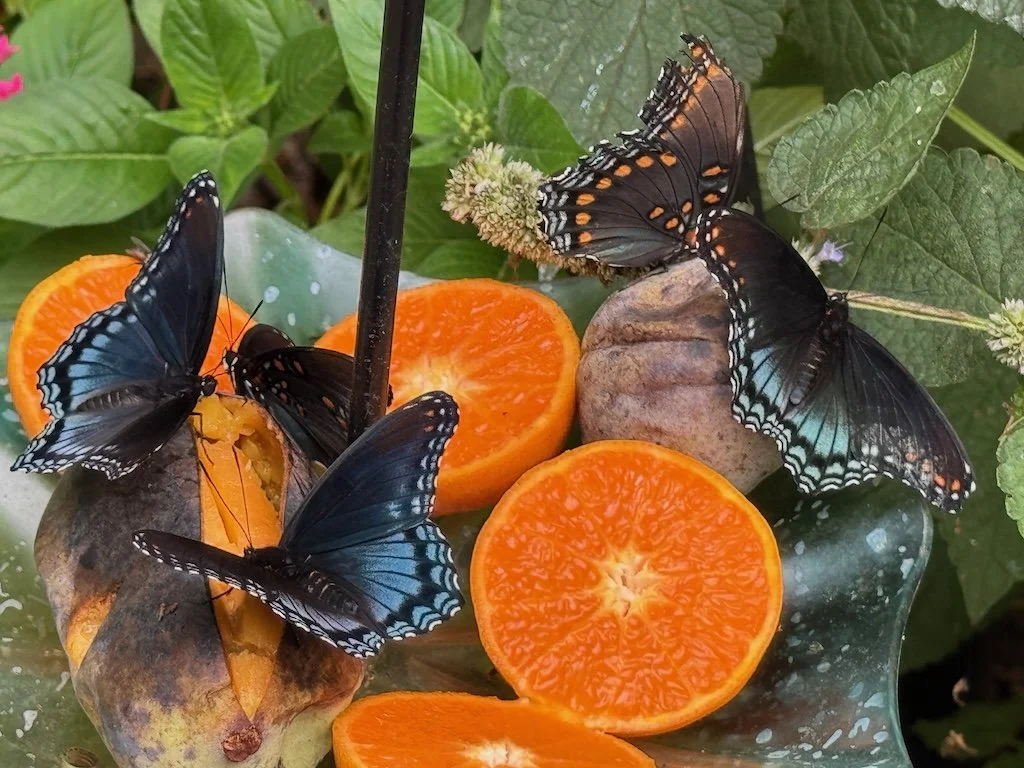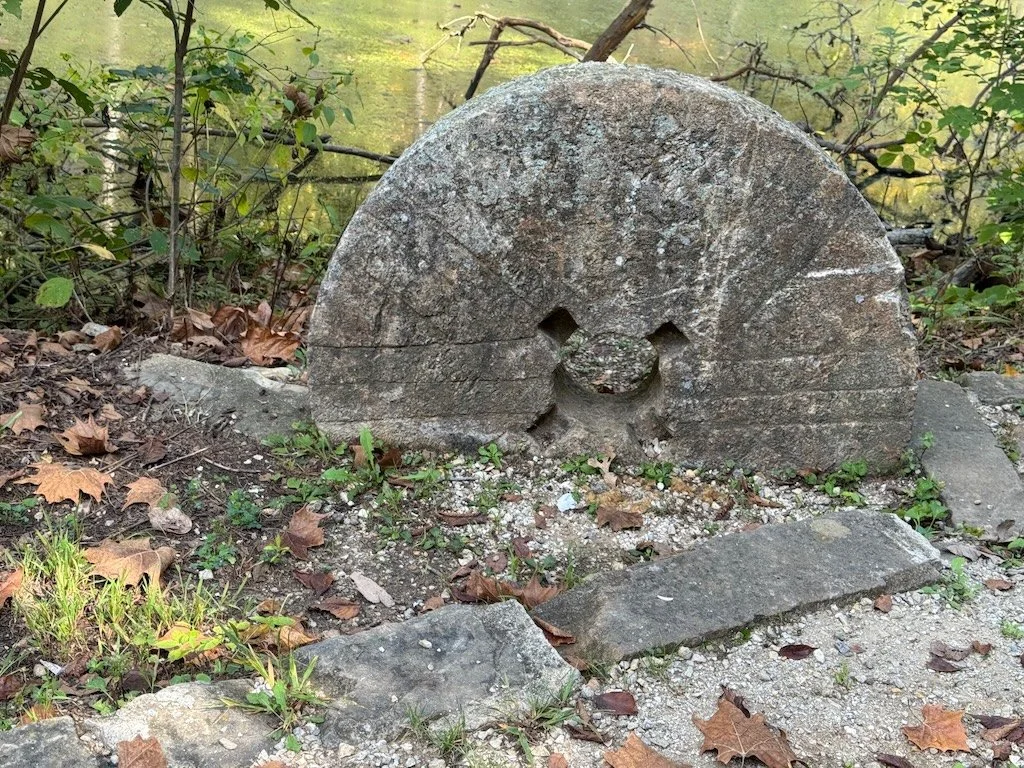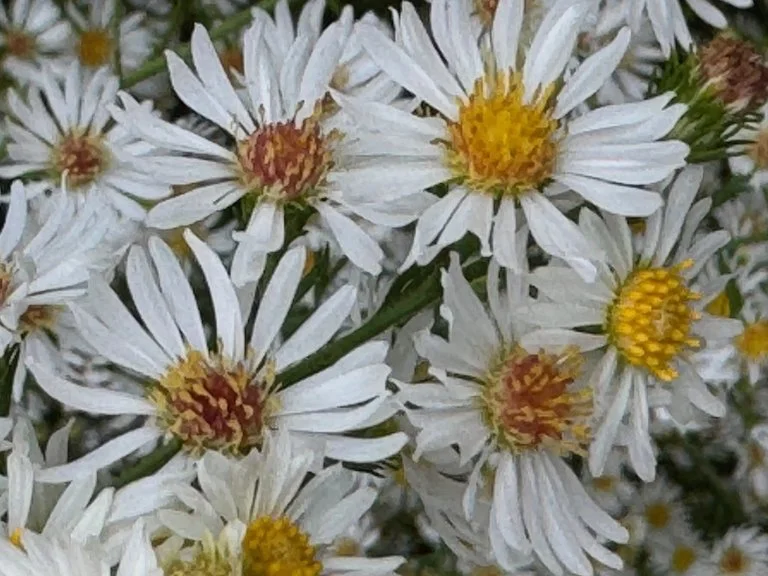Flora Brasiliensis, enumeratio plantarum in Brasilia hactenus detectarum :quas suis aliorumque botanicorum studiis descriptas et methodo naturali digestas partim icone illustratas V5, Pt2 * Martius, Karl Friedrich Philipp von; Eichler, August Wilhelm; Urban, Ignatz * sample image * 1906
Flora Brasiliensis, enumeratio plantarum in Brasilia hactenus detectarum :quas suis aliorumque botanicorum studiis descriptas et methodo naturali digestas partim icone illustratas V6, Pt1 * Martius, Karl Friedrich Philipp von; Eichler, August Wilhelm; Urban, Ignatz * sample image * 1906
Flora Brasiliensis, enumeratio plantarum in Brasilia hactenus detectarum :quas suis aliorumque botanicorum studiis descriptas et methodo naturali digestas partim icone illustratas V6, Pt2 * Martius, Karl Friedrich Philipp von; Eichler, August Wilhelm; Urban, Ignatz * sample image * 1906
Flora Brasiliensis, enumeratio plantarum in Brasilia hactenus detectarum :quas suis aliorumque botanicorum studiis descriptas et methodo naturali digestas partim icone illustratas V6, Pt3 * Martius, Karl Friedrich Philipp von; Eichler, August Wilhelm; Urban, Ignatz * sample image * 1906
Flora Brasiliensis, enumeratio plantarum in Brasilia hactenus detectarum :quas suis aliorumque botanicorum studiis descriptas et methodo naturali digestas partim icone illustratas V6, Pt4 * Martius, Karl Friedrich Philipp von; Eichler, August Wilhelm; Urban, Ignatz * sample image * 1906
Flora Brasiliensis, enumeratio plantarum in Brasilia hactenus detectarum :quas suis aliorumque botanicorum studiis descriptas et methodo naturali digestas partim icone illustratas V7 * Martius, Karl Friedrich Philipp von; Eichler, August Wilhelm; Urban, Ignatz * sample image * 1906
Flora Brasiliensis, enumeratio plantarum in Brasilia hactenus detectarum :quas suis aliorumque botanicorum studiis descriptas et methodo naturali digestas partim icone illustratas V8, pt 1 * Martius, Karl Friedrich Philipp von; Eichler, August Wilhelm; Urban, Ignatz * sample image * 1906
Flora Brasiliensis, enumeratio plantarum in Brasilia hactenus detectarum :quas suis aliorumque botanicorum studiis descriptas et methodo naturali digestas partim icone illustratas V8, pt 2 * Martius, Karl Friedrich Philipp von; Eichler, August Wilhelm; Urban, Ignatz * sample image * 1906
Flora Brasiliensis, enumeratio plantarum in Brasilia hactenus detectarum :quas suis aliorumque botanicorum studiis descriptas et methodo naturali digestas partim icone illustratas V9 * Martius, Karl Friedrich Philipp von; Eichler, August Wilhelm; Urban, Ignatz * sample image * 1906
Flora Brasiliensis, enumeratio plantarum in Brasilia hactenus detectarum :quas suis aliorumque botanicorum studiis descriptas et methodo naturali digestas partim icone illustratas V10 * Martius, Karl Friedrich Philipp von; Eichler, August Wilhelm; Urban, Ignatz * sample image * 1906
Flora Brasiliensis, enumeratio plantarum in Brasilia hactenus detectarum :quas suis aliorumque botanicorum studiis descriptas et methodo naturali digestas partim icone illustratas V11, pt 1 * Martius, Karl Friedrich Philipp von; Eichler, August Wilhelm; Urban, Ignatz * sample image * 1906
Flora Brasiliensis, enumeratio plantarum in Brasilia hactenus detectarum :quas suis aliorumque botanicorum studiis descriptas et methodo naturali digestas partim icone illustratas V11, pt 2 * Martius, Karl Friedrich Philipp von; Eichler, August Wilhelm; Urban, Ignatz * sample image * 1906
Flora Brasiliensis, enumeratio plantarum in Brasilia hactenus detectarum :quas suis aliorumque botanicorum studiis descriptas et methodo naturali digestas partim icone illustratas V12, pt 1 * Martius, Karl Friedrich Philipp von; Eichler, August Wilhelm; Urban, Ignatz * sample image * 1906
Flora Brasiliensis, enumeratio plantarum in Brasilia hactenus detectarum :quas suis aliorumque botanicorum studiis descriptas et methodo naturali digestas partim icone illustratas V12, pt 2 * Martius, Karl Friedrich Philipp von; Eichler, August Wilhelm; Urban, Ignatz * sample image * 1906
Flora Brasiliensis, enumeratio plantarum in Brasilia hactenus detectarum :quas suis aliorumque botanicorum studiis descriptas et methodo naturali digestas partim icone illustratas V12, pt 3 * Martius, Karl Friedrich Philipp von; Eichler, August Wilhelm; Urban, Ignatz * sample image * 1906
Flora Brasiliensis, enumeratio plantarum in Brasilia hactenus detectarum :quas suis aliorumque botanicorum studiis descriptas et methodo naturali digestas partim icone illustratas V13, pt 1 * Martius, Karl Friedrich Philipp von; Eichler, August Wilhelm; Urban, Ignatz * sample image * 1906
Flora Brasiliensis, enumeratio plantarum in Brasilia hactenus detectarum :quas suis aliorumque botanicorum studiis descriptas et methodo naturali digestas partim icone illustratas V13, pt 2 * Martius, Karl Friedrich Philipp von; Eichler, August Wilhelm; Urban, Ignatz * sample image * 1906
Flora Brasiliensis, enumeratio plantarum in Brasilia hactenus detectarum :quas suis aliorumque botanicorum studiis descriptas et methodo naturali digestas partim icone illustratas V13, pt 3 * Martius, Karl Friedrich Philipp von; Eichler, August Wilhelm; Urban, Ignatz * sample image * 1906
Flora Brasiliensis, enumeratio plantarum in Brasilia hactenus detectarum :quas suis aliorumque botanicorum studiis descriptas et methodo naturali digestas partim icone illustratas V14, pt 1 * Martius, Karl Friedrich Philipp von; Eichler, August Wilhelm; Urban, Ignatz * sample image * 1906
Flora Brasiliensis, enumeratio plantarum in Brasilia hactenus detectarum :quas suis aliorumque botanicorum studiis descriptas et methodo naturali digestas partim icone illustratas V14, pt 2 * Martius, Karl Friedrich Philipp von; Eichler, August Wilhelm; Urban, Ignatz * sample image * 1906















































